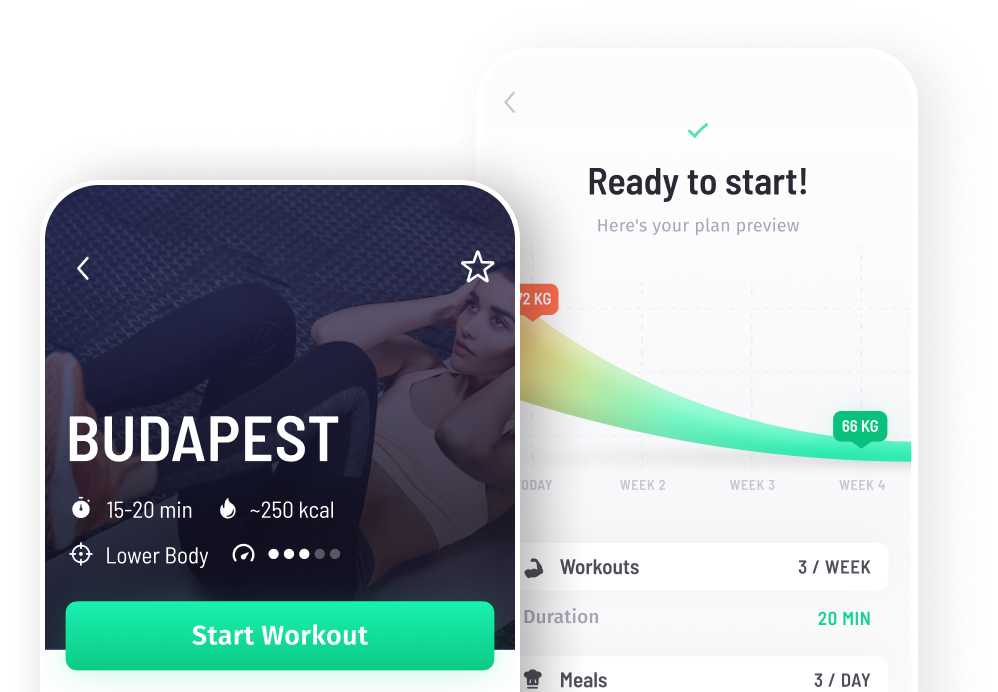In 2019, U.S. News & World Report ranked the flexitarian diet as the 2nd best plant-based diets, 2nd best diets for diabetics, 2nd easiest diets to stick to, 3rd in healthy eating diets, and the 4th best weight-loss diets. It took the second position in the overall best diet. So, what is a flexitarian diet and why is it attracting so much buzz?
What is a Flexitarian Diet?
Coined by Chicago-based dietitian Dawn Jackson Blatner, flexitarian is a mix of "flexible" and "vegetarian. It allows you to live a healthy lifestyle without too much sacrifice and hassle.
It has no strict rules concerning the number of calories, macronutrients or a lack of animal products. The diet is based on the principles of:
- Eating vegetables, legumes, fruits, and whole grains most of the time.
- Deriving proteins from plants rather than animals.
- The flexibility that allows you to include meat and other animal products in your meal now and then.
- Consuming less processed, more natural foods.
- Minimizing sweets and added sugars.
This diet has many advantages over the vegetarian, vegan, and other diets. It is flexible, has many tasty recipes, allows you to eat out more manageably, has simple recipes, cuts on costs, and has timesavers built-in.
What's more, the diet contributes to a lesser carbon footprint, is good for weight loss, diabetes, insulin resistance, heart diseases, and may result in longer life. Most of these benefits, however, are not researched but rather derived from investigations into vegan and vegetarian diets.
You may also like: 5 low carb vegetarian diet recipes
Flexitarian Meal Plan
Before we give you a flexitarian meal plan sample, you might want to know the kinds of foods to include in the diet. That way, you can come up with other unique recipes and meal plans. They include:
- Proteins: legumes, lentils, tofu, tempeh
- Starchy vegetables: corn, sweet potato, winter squash, peas
- Non-starchy vegetables: brussels sprouts, carrots, cauliflower, greens, bell peppers, green beans
- Whole grains: farro, quinoa, buckwheat, teff
- Fruits: oranges, cherries, apples, berries, grapes, etc.
- Nuts, seeds, and other sources of healthy fat: walnuts, cashew nuts, almonds, flaxseed, pistachios, flaxseeds, avocados, peanut butter, coconut, olives
- Herbs, spices, and seasoning: cumin, ginger, turmeric, oregano, mint, thyme
- Milk alternatives: coconut, soy milk, unsweetened almond, hemp
- Condiments: salsa, mustard, nutritional yeast, sugarless ketchup, apple cider vinegar, soy sauce (with reduced sodium)
- Beverages: tea, coffee, water
- Animal products: eggs and poultry (from organic, free-range/ pasture-raised birds), fish (wild-caught), meat (grass-fed/ pasture-raised) and dairy products (organic).
Here's our choice of a 2-Day Sample Flexitarian Meal Plan
Day 1
Breakfast: egg omelet with cheese and healthy vegetables of your choice
Lunch: whole grain bread sandwich with cottage cheese and vegetables of your choice
Dinner: Pasta alongside the vegetarian sauce
Snacking: yogurt, nuts, fruits
Day 2:
Breakfast: Smoothie comprising of sugar-less almond milk, peanut butter, frozen berries, and vegetables such as spinach
Lunch: chard wraps with peanut dipping sauce and mixed veggies
Dinner: Black bean burgers alongside avocado and fries.
Snacking: fruits and nuts or yogurt
Did you enjoy this article? Share it!

